Aussie jobs that could become too dangerous to perform in future
Forget robots; there’s another reason scores of jobs, from tradies to trolley collectors, may become almost impossible to perform – and the reason is all around us.
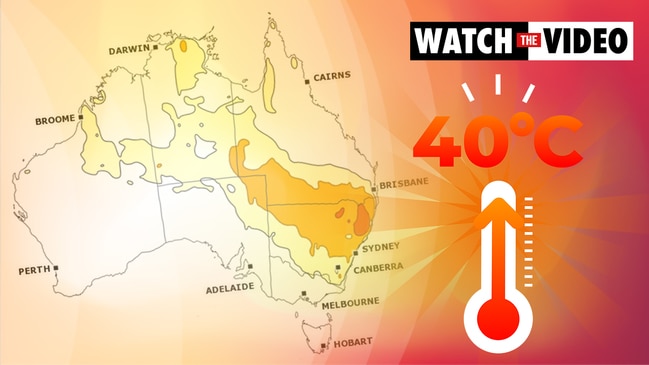
Scores of jobs could soon become too dangerous to undertake in Australia.
No, it’s not the increasing rise of robots and automation this time. It’s something all around us that might seem mundane but is increasingly deadly.
Rising humidity levels across the continent are leading to an increased risk of heat stress, a condition that can injure or kill those outdoors for long periods of time.
Yet hot weather can be overlooked as a factor in someone’s death.
“Often its role is very quiet. People who pass away from heat stress don’t necessary have it on their death certificate,” Dr James Goldie from Monash University’s Climate Change Communications Research Hub told news.com.au.
“It might be marked down as a heart attack, lung or acute kidney failure, but it’s only when we step back that we can see on hot days more people are passing away from these conditions and that’s when we join the dots and say, yes, this can kill.”
However, there is an easy and perhaps surprising method to beat, or at least, minimise the heat – slushies.
Earlier this month, the Bureau of Meteorology (BOM) and the CSIRO, the Government’s science research agency, released the State of the Climate report that stated Australia had warmed on an average by 1.44C since records began in 1910.
Heatwaves have become more frequent and are lasting longer.
RELATED: Heatwave across SE Australia could see records tumble
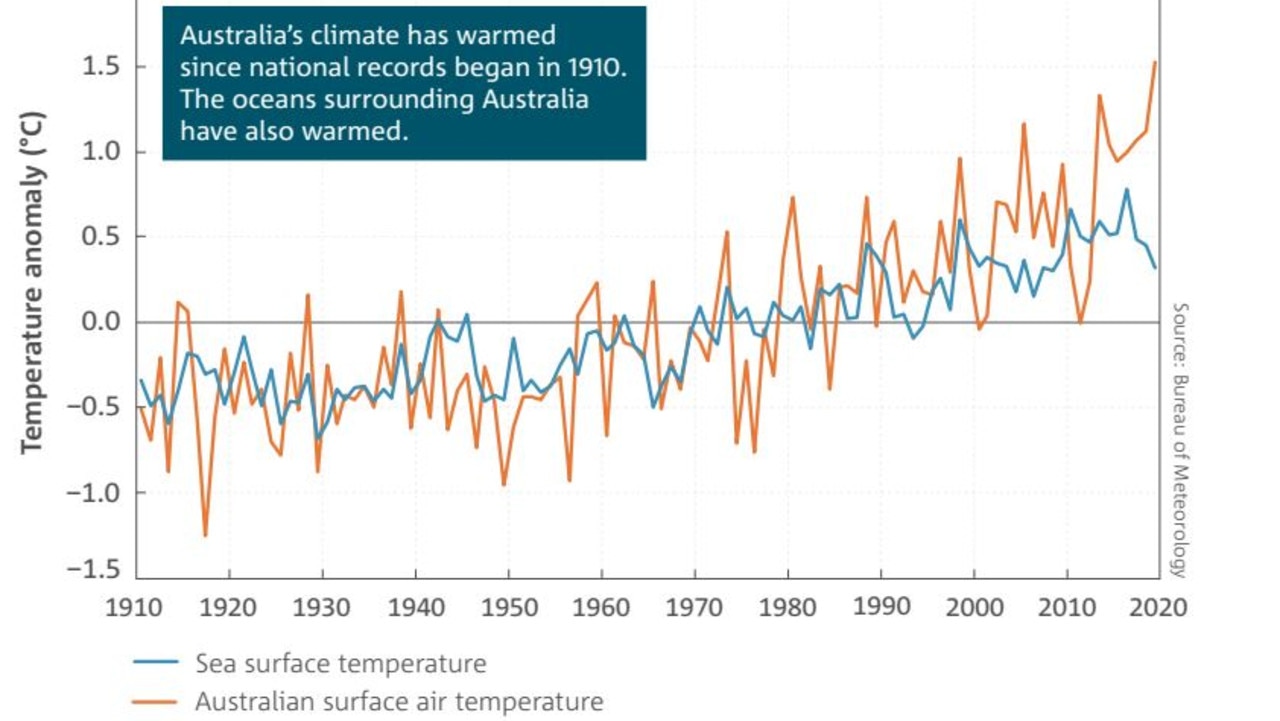
DANGERS OF HEAT STRESS
Jason Kai Wei Lee, an associate professor of human physiology at the National University of Singapore, told news.com.au the level of heat stress depends not only on the outside temperature but also how much clothing someone had on and if they are exerting themselves.
“At 25C with 80 per cent humidity it would be thermally very uncomfortable for an unfit elderly person, while younger individuals can still carry on with their outdoor activities,” he said.
“But if move closer to 35C and 100 per cent humidity then we can say all humans would feel very uncomfortable,” said Prof Lee, who spoke this week at the BOM’s annual research workshop.
Heat stress can be mild; nothing that a bit of sweating and heading indoors can’t solve. But left unchecked it can get out of control. Once the body’s core temperature, which is usually 37-38C, reaches 40C it can begin to malfunction and shut down.
RELATED: Lack of trees exacerbates extreme heat effects
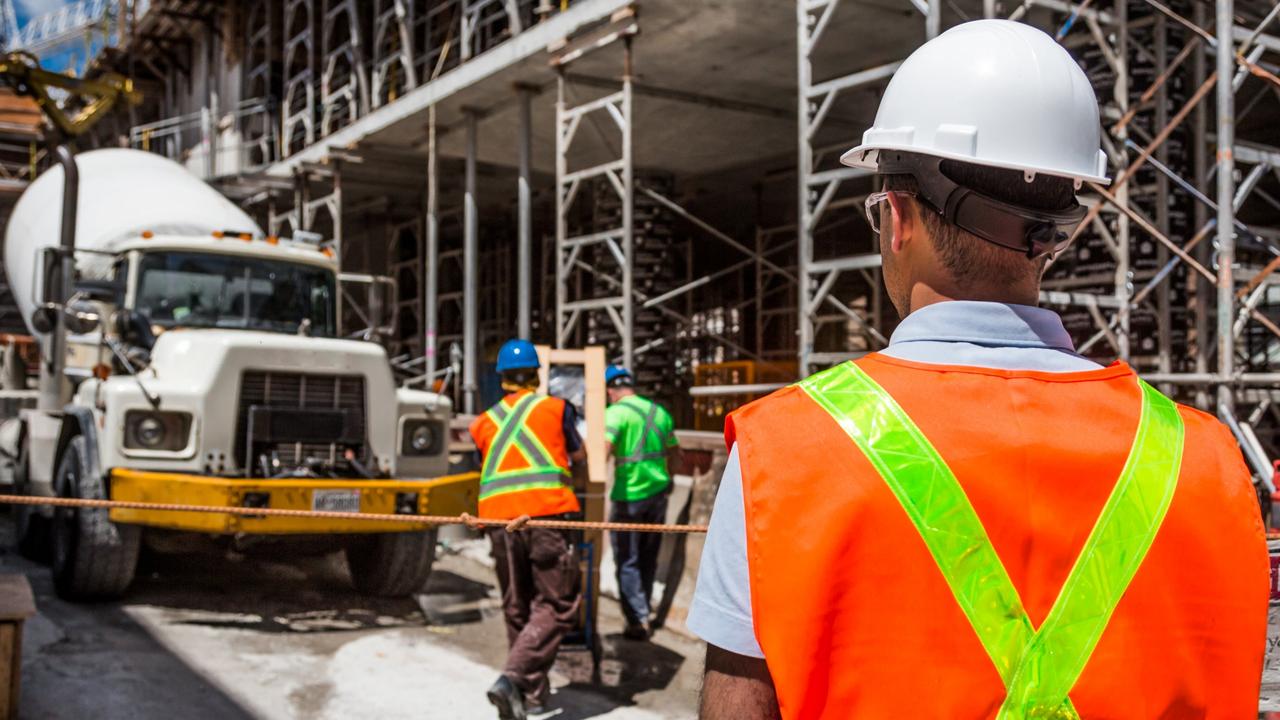
ROLES AT RISK
Prof Lee said people particularly at risk of heat stress were those who remained in the hot conditions despite the suffering imposed on their bodies.
“People who are paid (per task) or have to produce a certain output may disregard thermal discomfort and maintain, or even increase, their work pace to earn as much as possible,” he said.
“Competitive athletes or soldiers who are highly fit are capable of producing high amounts of heat (in addition to the external heat) and are motivated – because they don’t like to stop – are prone to heat stress.”
Prof Lee said these types of jobs might not be possible in the future if we continued working as normal while the country gradually got hotter.
“In many instances, work productivity and health will be compromised and heat-induced incidents will increase if we do nothing about it.”
Healthcare workers with heavy PPE, gardeners and food delivery drivers with pizzas and burgers weighing them down were all prone to heat stress.
Monash’s Dr Goldie added tradies, particularly those on open building sites, as being at risk.
The manual roles, backbreaking and accompanied by long hours, are often those with low pay and little job security.
RELATED: Australian cities that could become ‘uninhabitable’
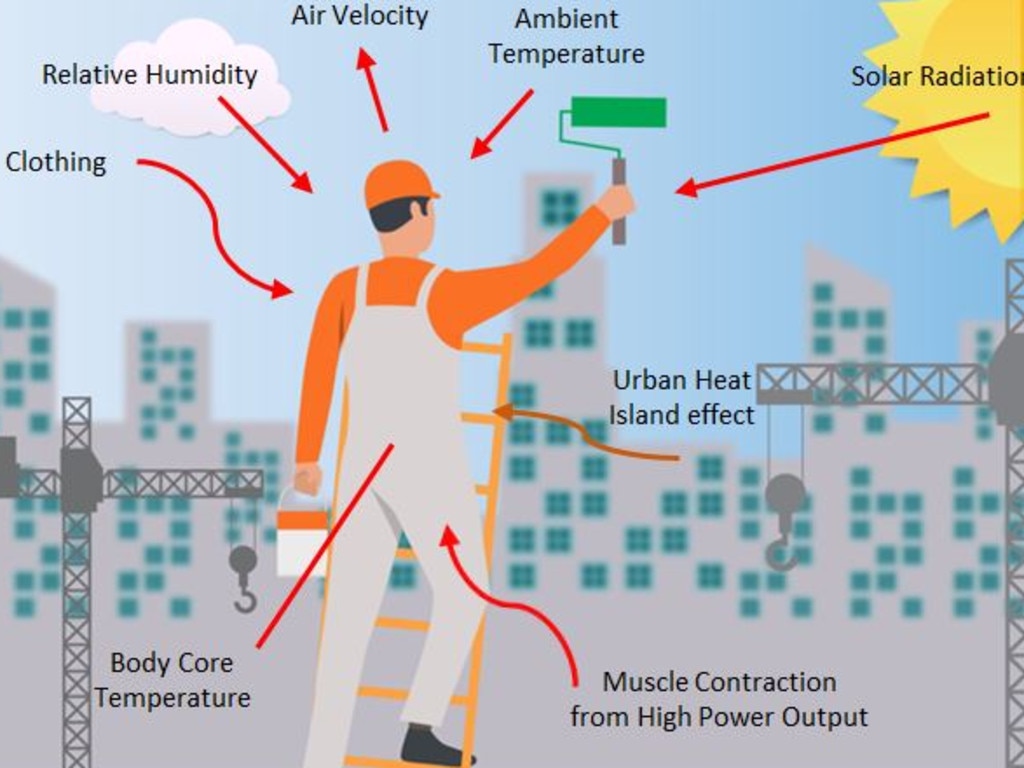
DIED THROUGH HEAT STRESS ON FIRST DAY
A 2019 report by Dr Richard Gunn at the University of Adelaide examined 13 deaths attributed to heat in Australia between 2000 and 2015.
These included a charity collector going door-to-door, two people working in construction and a farm worker.
Showing how deadly heat can be to those unaccustomed to it, a teenage Woolworths supermarket trolley collector, an insulation installer and a furniture removalist all died within days – or even on the day – of starting on the job.
A report from ANU’s Thomas Longden, published in January, estimated 2 per cent of Australia deaths between 2006 and 2017 were due to heat; that rose to 9.1 per cent in humid areas of Northern Australia.
Dr Goldie said Darwin – and other parts of the humid tropics – were often held up as places where heat stress is a real danger.
“But people in Darwin are more aware of the heat, especially those that have been there for some time.
“A humid heatwave down south, however, can catch people off guard and people might not take the danger seriously,” he said.
“Melbourne isn’t about to become Darwin,” he added, “but heatwaves may be longer and more humid and that’s an important change further south for people who are used to a drier heat.”
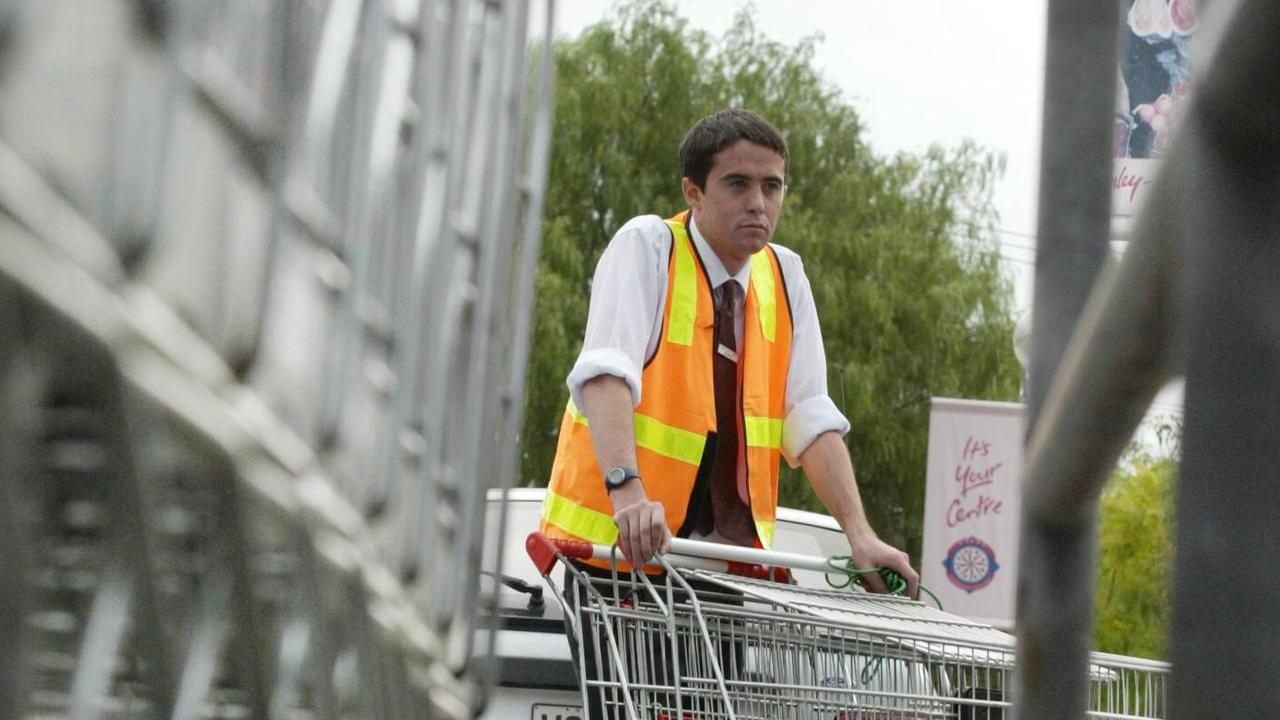
SLUSHIES
One strategy people can take on hotter and more humid days to keep working, Prof Lee said, was really simple – drink slushies.
He was part of a Singaporean study that gave healthcare workers slushies to combat the city-state’s equatorial humid conditions
“Ice slushies combine the goodness of both cooling and hydration in one. You induce heat sink by drinking a ball of ice and that allows you to last longer and perform better before you hit your thermal limit,” he said.
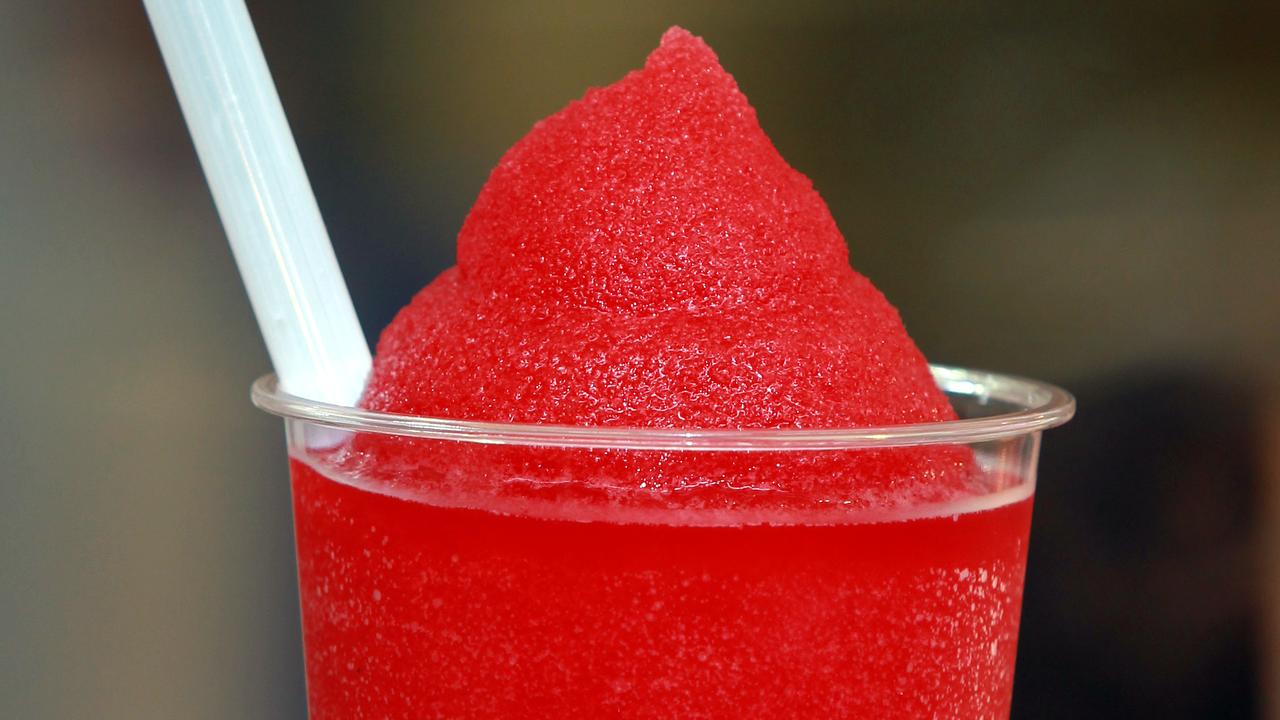
Slushies aren’t a magic bullet against all aspects of heat stress though. In hot weather, workers also needed to acclimatise to the heat and take regular rest periods where they cooled down and hydrated.
Dr Goldie said there was a clear sign of humidity-related heat stress – sweat, and lots of it.
“When you’re sweaty and gross, and you get to the point the sweat is dripping off you and not evaporating, it’s not doing its job and that’s when humid days are really dangerous.”




